nPOD honors Estefania Quesada Masachs for type 1 diabetes discoveries
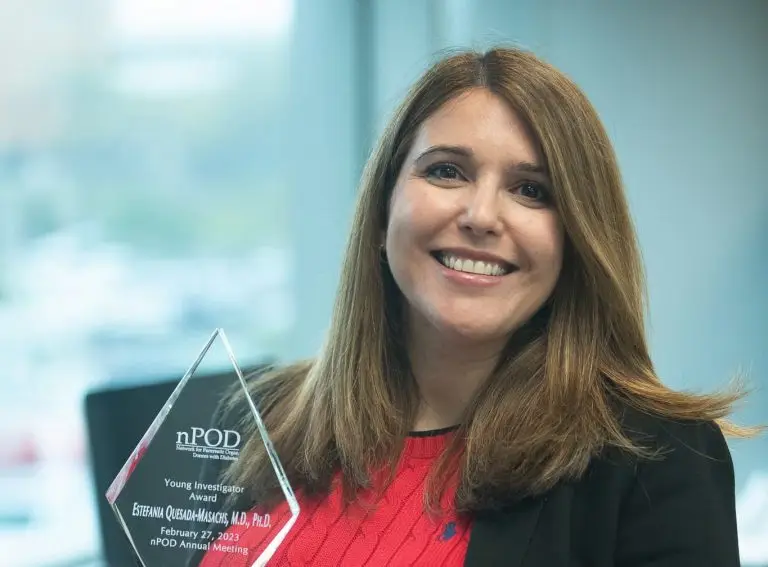


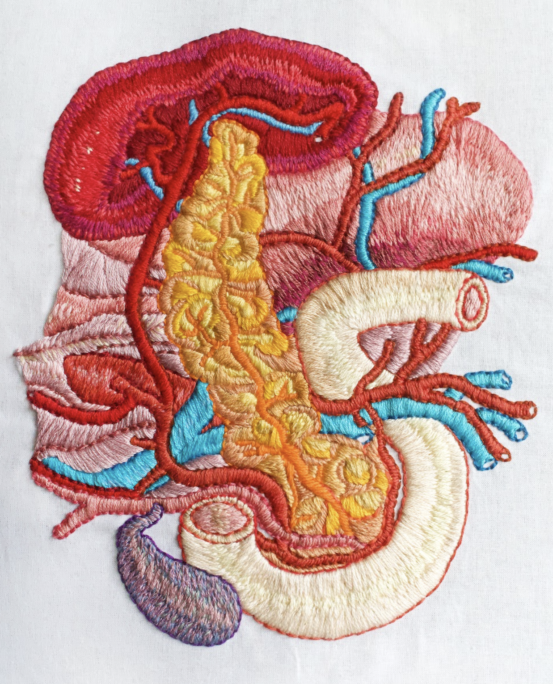
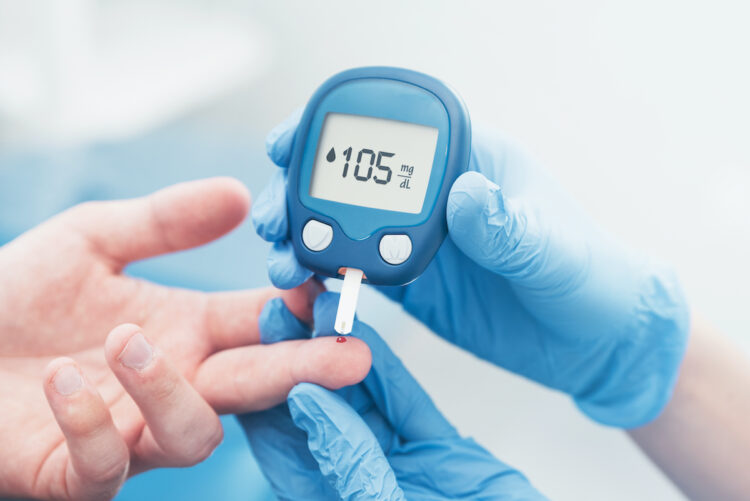
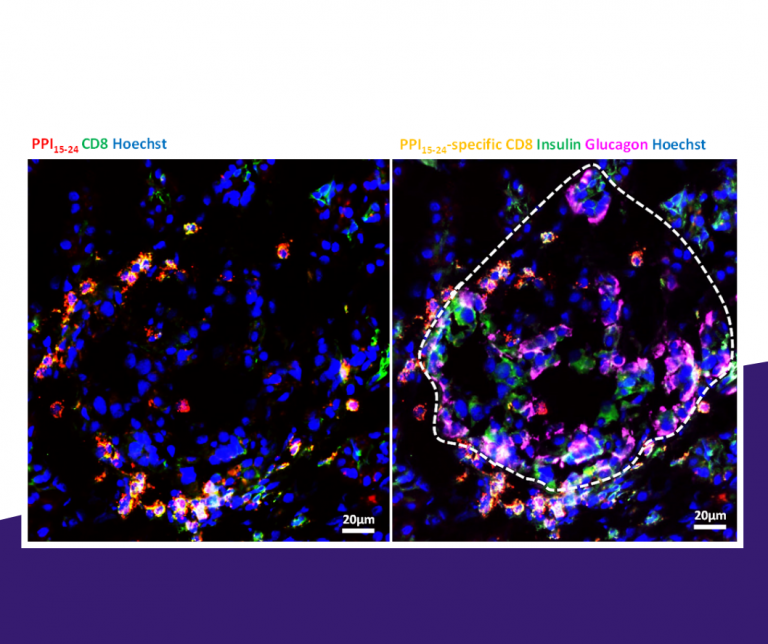

LA JOLLA—Your pancreas is studded with cell clusters called islets. In most people, special beta cells live snug in the islets, happily making the insulin that the body uses to regulate blood sugar. But in people with type 1 diabetes,…
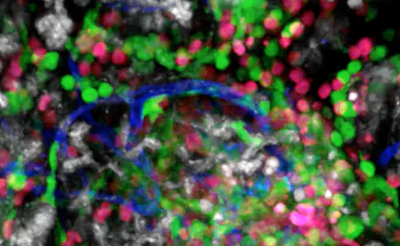
Team: Estefania Quesada-Masachs, Sakthi Rajendran Type 1 diabetes (T1D), an autoimmune disease that usually affects young people, is on the rise worldwide. But we still don’t completely understand the underlying processes that drive the destruction of insulin-producing β cells in…
Team: Estefania Quesada-Masachs, Sakthi Rajendran Type 1 diabetes (T1D) is an autoimmune disease in which insulin-producing β cells are attacked by the immune system. Earlier work suggests that β cells could also express HLA class II (HLA II) upon exposure…
Team: Sakthi Rajendran, Estefania Quesada-Masachs and Mehdi Benkahla IL-17 is a pro-inflammatory cytokine important in shaping host immune responses against pathogens. IL-17 is also attributed to cause tissue damage and chronic inflammation in autoimmune diseases such as psoriasis, rheumatoid arthritis…
Team: Sakthi Rajendran, Estefania Quesada-Masachs, Christine Bender Type 1 diabetes (T1D) is an autoimmune disease caused by the destruction of insulin-producing β cells by the immune system. However, the process of disease development is complex and still unknown. Networks of…
Team: Mehdi Benkahla and Somayeh Sabouri Type 1 diabetes (T1D) is an autoimmune disease characterized by increased blood glucose levels due to the destruction of insulin-producing β cells by the immune system, leading to a lifelong dependence on exogenous insulin.…
Team: Mehdi Benkahla It is thought that an interaction between predisposing genes and environmental factors, such as viral infections, may trigger T1D. Several viruses, mainly from the Enterovirus genus have been considered as potential causal agents for human T1D. Infection…
Team: Christine Bender A better understanding of type 1 diabetes (T1D) is the first step to potentially developing new therapies capable of preventing or permanently reversing the disease. Due to the inaccessibility of human pancreatic tissue, our knowledge of the…